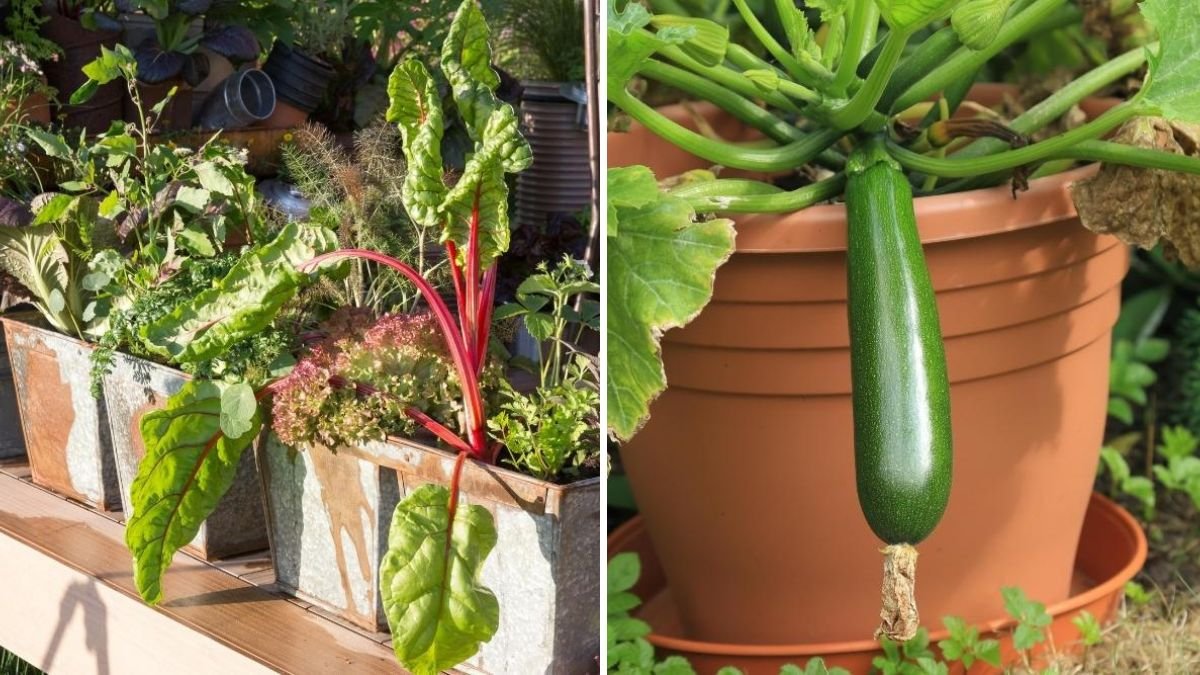Container gardening has become a popular way for gardeners with limited space—balconies, patios, rooftops, or small yards—to enjoy growing vegetables, flowers, herbs, and ornamental plants. It offers flexibility, mobility, and control over soil and watering. However, container gardening also comes with unique challenges, and mistakes are easy to make, especially for beginners. Avoiding these errors is crucial for healthy plants, bountiful harvests, and a visually appealing garden.
This comprehensive guide explores 8 common container gardening mistakes and how to prevent them, providing practical tips for gardeners to succeed in small-space gardening.
1. Choosing the Wrong Container Size
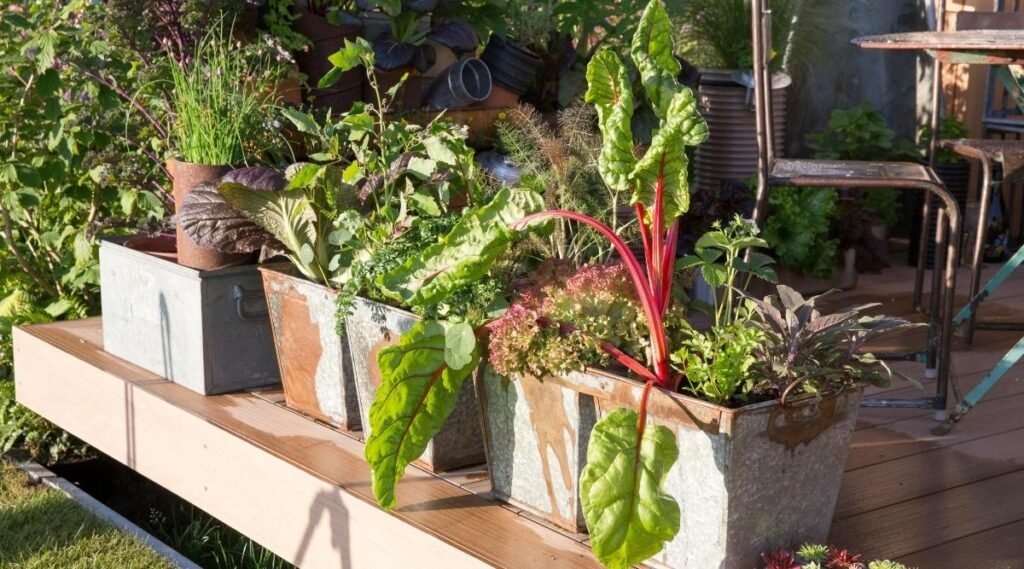
One of the most frequent mistakes in container gardening is selecting containers that are too small for the plants being grown.
- Why it matters: Small containers restrict root growth, limit nutrient and water availability, and cause stress to the plant. Large plants in tiny pots often become stunted or fail to produce flowers and fruits.
- Solution:
- Choose containers appropriate for the plant’s mature size. For example, tomatoes require pots at least 12–18 inches deep, while herbs like basil or parsley can thrive in 8–12 inch pots.
- Ensure the container has enough soil to retain moisture between watering sessions.
- Tip: Taller containers allow better root development, while wider containers provide stability for heavy plants.
2. Ignoring Drainage
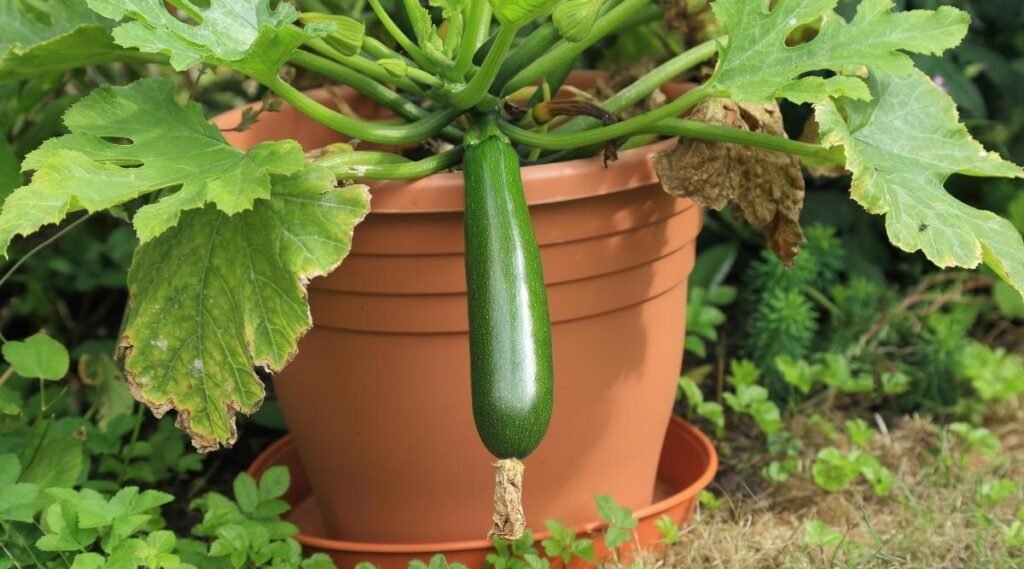
Another common error is using containers without proper drainage, which can lead to root rot, fungal infections, and plant death.
- Why it matters: Plants need oxygen at the roots. Standing water in a pot suffocates roots, encourages mold, and attracts pests.
- Solution:
- Choose pots with multiple drainage holes at the bottom.
- Add a layer of gravel or broken pottery at the base to improve water flow.
- Avoid saucers that trap excess water—empty them after watering.
Proper drainage is essential for healthy roots and long-term plant survival.
3. Using Poor-Quality Soil
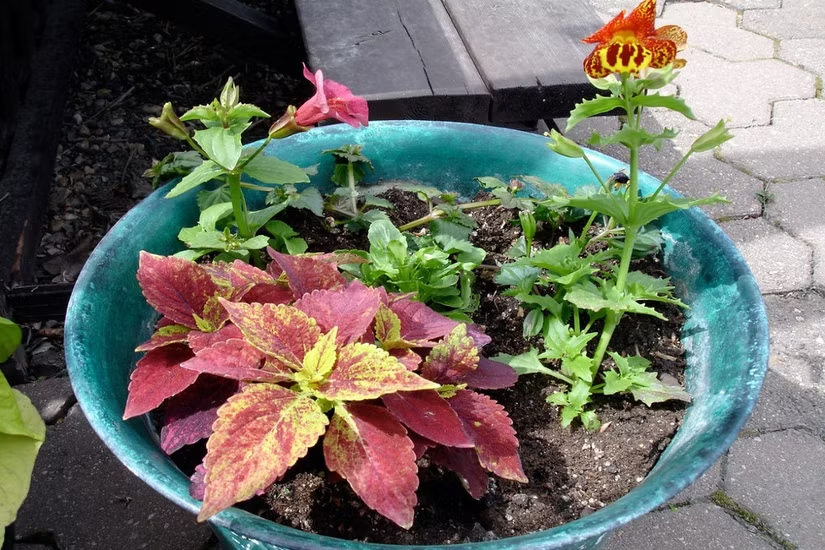
Many beginners use garden soil directly in containers, which can compromise plant growth.
- Why it matters: Garden soil can compact easily, reducing aeration, and may contain pests, diseases, or weed seeds. It also may not retain moisture evenly.
- Solution:
- Use high-quality potting mix designed for container gardening.
- Look for mixes containing peat moss, coconut coir, perlite, or vermiculite for good drainage and moisture retention.
- Avoid heavy clay soils.
A good potting mix ensures strong root growth, nutrient availability, and plant health.
4. Overwatering or Underwatering
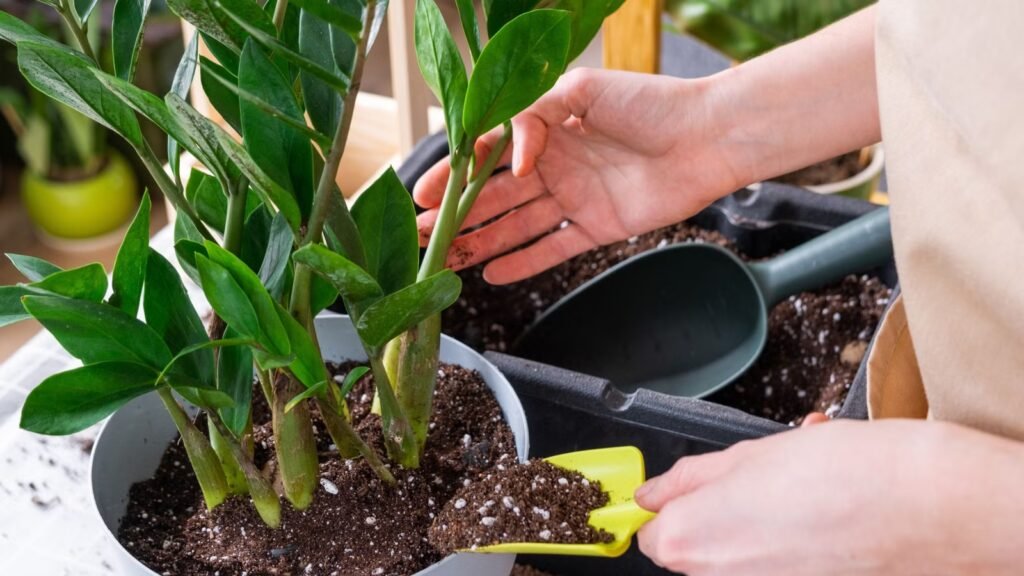
Watering mistakes are among the most common causes of container plant failure.
- Overwatering: Leads to root rot, yellowing leaves, and fungal issues.
- Underwatering: Causes wilting, stunted growth, and reduced flowering or fruiting.
- Solution:
- Check soil moisture before watering—stick a finger into the soil up to 2 inches. Water only when the soil feels dry at that depth.
- Use containers with proper drainage to prevent waterlogging.
- Consider self-watering containers or adding a mulch layer to reduce water loss.
Consistent and appropriate watering promotes healthy roots, lush foliage, and abundant flowers or fruits.
5. Overcrowding Plants
Placing too many plants in one container is a frequent mistake that limits airflow, increases disease risk, and reduces yield.
- Why it matters: Crowded plants compete for light, water, and nutrients. Poor airflow promotes fungal diseases like powdery mildew and leaf spot.
- Solution:
- Follow spacing recommendations for each plant, even in containers.
- Use multiple pots for different plants rather than cramming too many into a single container.
- Choose dwarf or compact varieties when space is limited.
Adequate spacing ensures better airflow, stronger growth, and higher productivity.
6. Neglecting Fertilization
Container plants rely entirely on the soil in their pots for nutrients. Without proper fertilization, plants can show nutrient deficiencies or fail to thrive.
- Why it matters: Unlike garden beds, nutrients in containers leach quickly due to frequent watering.
- Solution:
- Use slow-release fertilizers mixed into the potting soil at planting.
- Supplement with liquid fertilizers every 2–3 weeks during the growing season.
- Choose fertilizers suitable for specific plants—tomatoes need higher nitrogen, while flowering plants benefit from phosphorus-rich fertilizers.
Regular feeding ensures vibrant foliage, strong flowers, and productive harvests.
7. Planting in the Wrong Location
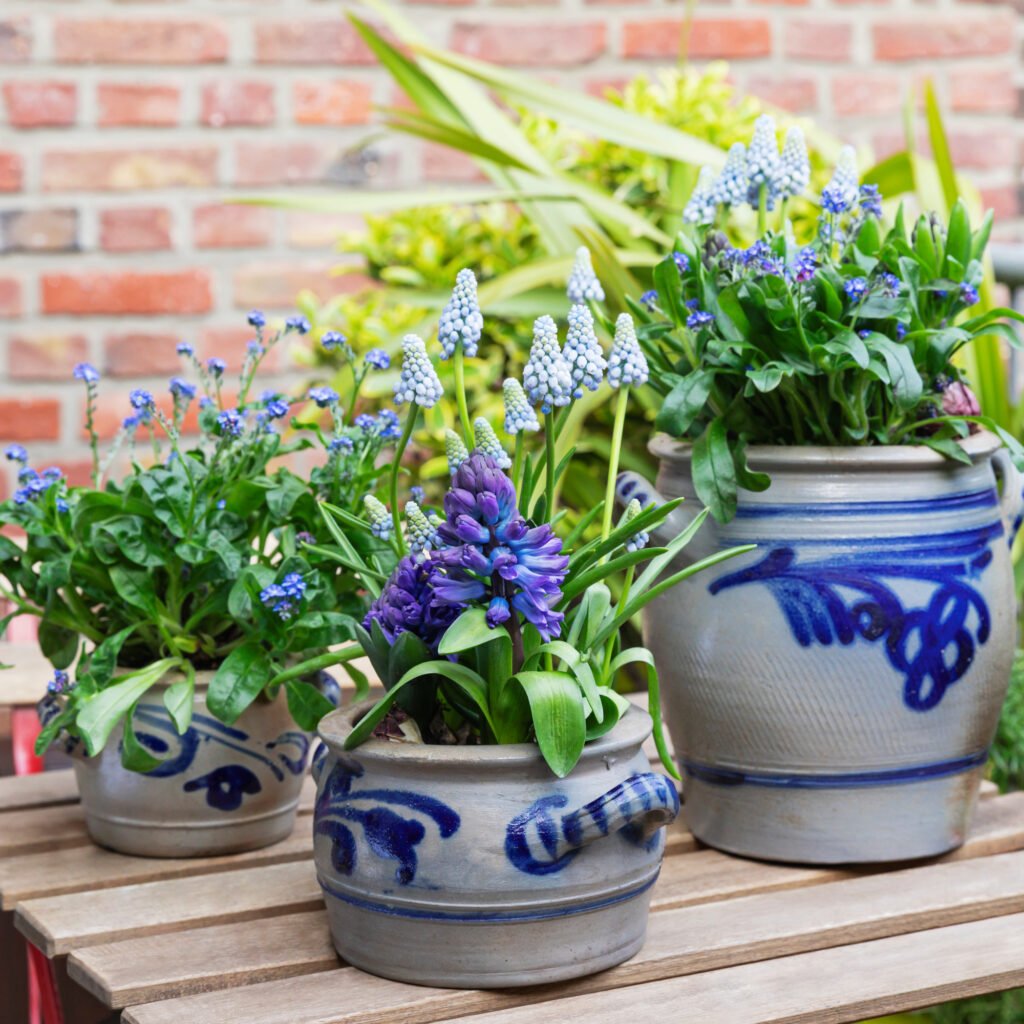
Location errors are a major reason container plants underperform. Plants have different light, temperature, and wind requirements.
- Why it matters: Insufficient sunlight reduces flowering and fruiting; excessive sun can scorch leaves; strong winds can topple tall plants.
- Solution:
- Place containers in locations that receive the appropriate amount of sunlight: 6–8 hours for most vegetables, 4–6 hours for herbs.
- Shelter delicate plants from strong winds.
- Rotate containers periodically to ensure even light exposure.
Choosing the right location helps plants grow vigorously and produce abundantly.
8. Ignoring Pest and Disease Management
Container plants are not immune to pests and diseases. Many gardeners neglect monitoring, leading to infestations that spread quickly in small spaces.
- Common Pests: Aphids, spider mites, whiteflies, fungus gnats.
- Common Diseases: Powdery mildew, root rot, and leaf spot.
- Solution:
- Inspect plants regularly for pests or discoloration.
- Use natural pest control methods like neem oil, insecticidal soap, or beneficial insects.
- Remove infected leaves promptly and maintain good airflow.
- Avoid overhead watering to reduce fungal infections.
Early detection and treatment prevent minor problems from becoming major setbacks.
Additional Tips for Successful Container Gardening
- Use Mulch: Helps retain moisture and regulate soil temperature.
- Choose Compact or Dwarf Varieties: Ideal for limited space.
- Rotate Crops: Avoid planting the same species repeatedly in the same container to prevent soil-borne diseases.
- Clean Containers: Sterilize reused pots to eliminate residual pathogens.
Incorporating these practices enhances plant health, aesthetics, and yield.
Conclusion
Container gardening offers incredible flexibility and access to fresh produce and beautiful plants, but avoiding common mistakes is crucial for success. By addressing the eight key mistakes—choosing the wrong container, ignoring drainage, using poor soil, improper watering, overcrowding, neglecting fertilization, planting in unsuitable locations, and overlooking pest management—gardeners can ensure their plants thrive.
Key takeaways:
- Match container size to plant requirements.
- Ensure proper drainage to prevent root rot.
- Use high-quality, well-draining potting mix.
- Water consistently without over- or underwatering.
- Avoid overcrowding for better airflow and growth.
- Fertilize regularly to supply essential nutrients.
- Choose locations with appropriate sunlight and protection.
- Monitor and manage pests and diseases promptly.
By following these guidelines, even gardeners with limited space can enjoy healthy, productive, and visually appealing container gardens, turning balconies, patios, and small yards into thriving green spaces.
